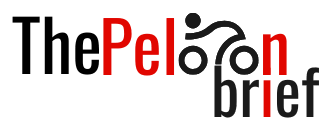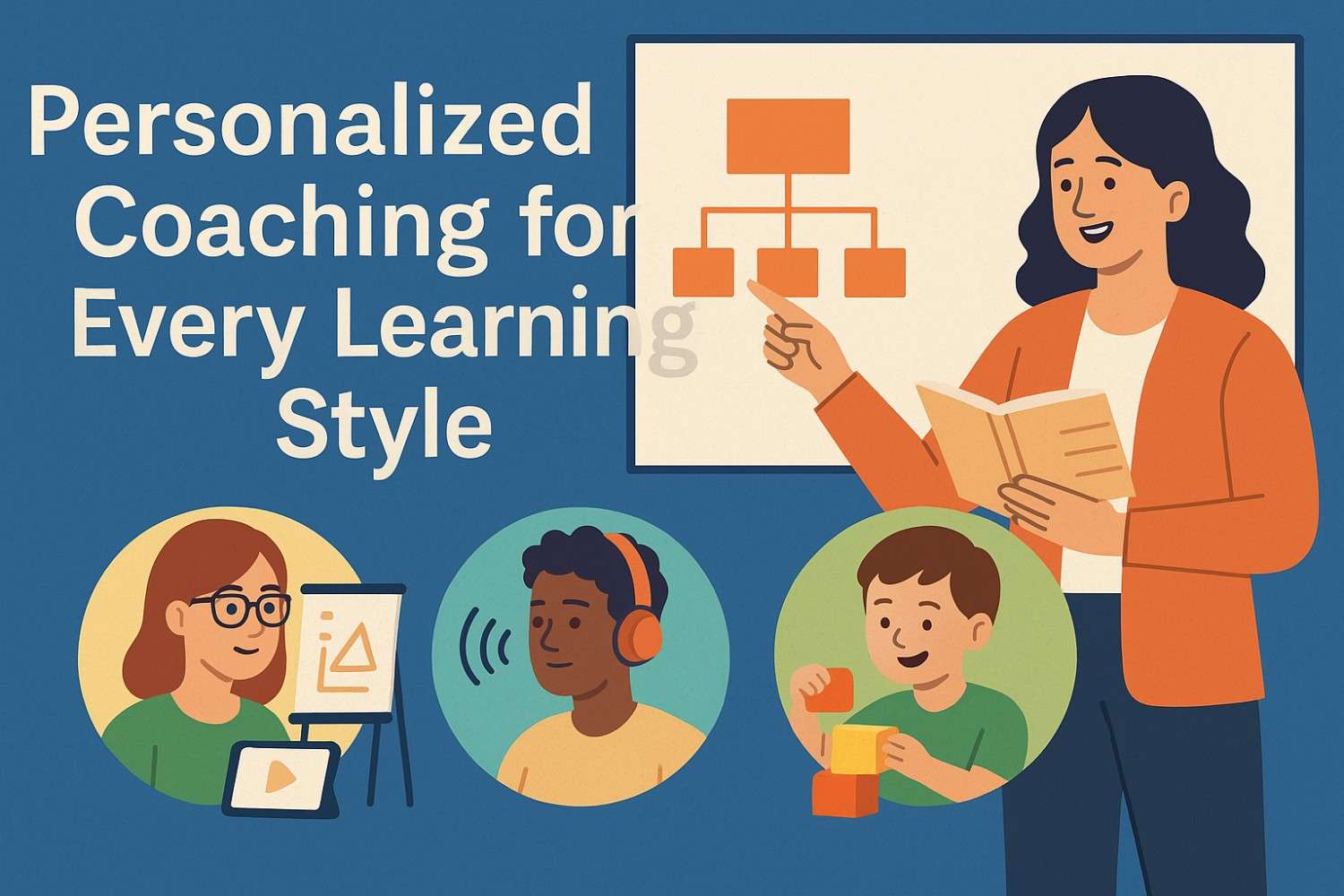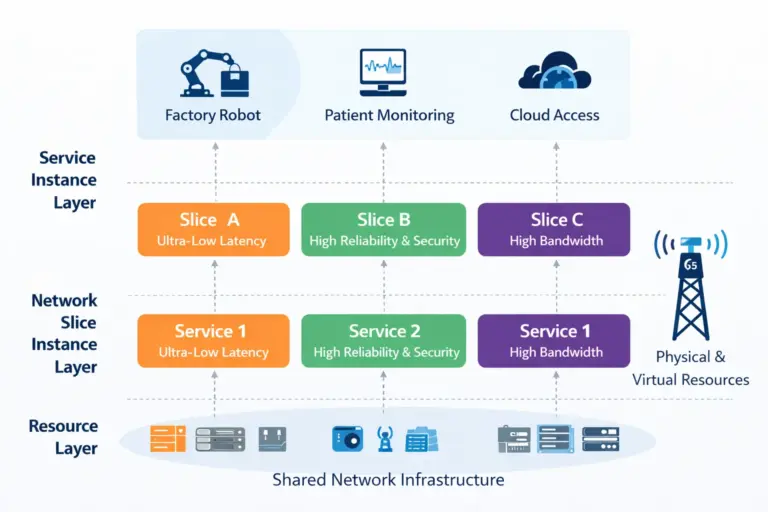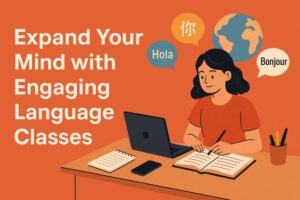Every student learns differently. Some grasp concepts by listening, others by seeing, and many by doing. Recognizing these unique learning styles is the first step toward effective education. This post will explore how personalized coaching can be adapted to fit various learning preferences, helping students not just learn, but truly understand and retain information for lasting success.
Why One-Size-Fits-All Fails in Education
Traditional classroom settings often follow a standardized curriculum, which can leave many students behind. This approach typically caters to one or two dominant learning styles, overlooking the needs of those who process information differently. When a student’s learning style doesn’t match the teaching method, they might struggle to keep up, lose confidence, and become disengaged.
The goal of education shouldn’t be to force everyone into the same mold. Instead, it should be about unlocking each individual’s potential. Personalized coaching does just that. By tailoring instruction to a student’s specific needs, tutors can create a learning environment where every student has the opportunity to thrive. This approach not only improves academic performance but also boosts self-esteem and fosters a genuine love for learning.
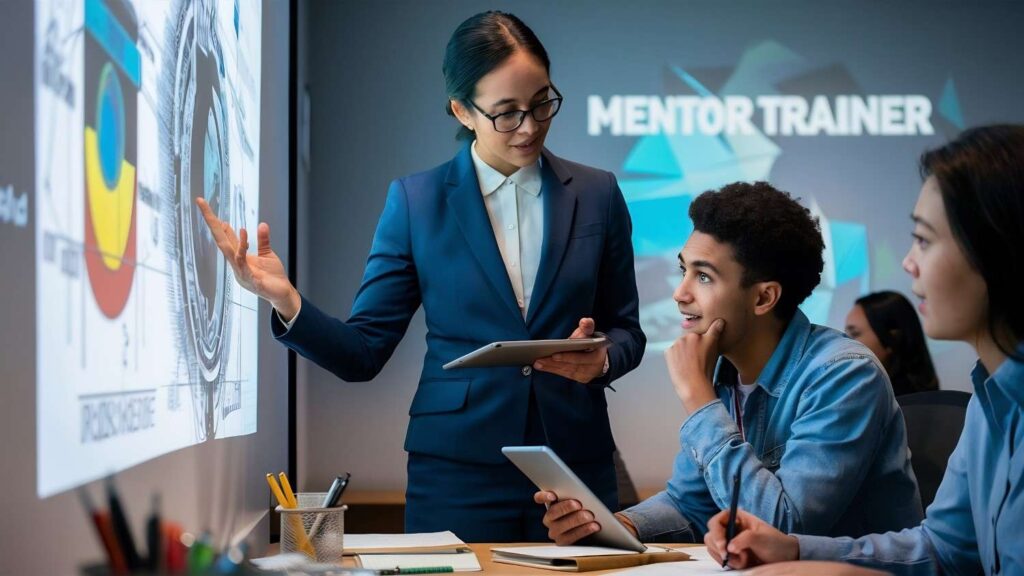
Identifying Your Learning Style
Understanding how you or your child learns best is crucial. While there are many theories, the VAK model is a simple and widely recognized framework that categorizes learners into three main types:
- Visual Learners: These individuals learn best through sight. They benefit from charts, diagrams, videos, and written instructions. They often remember what they see more than what they hear.
- Auditory Learners: Auditory learners retain information through sound. They excel in lectures, group discussions, and verbal explanations. They often find success by talking through problems and listening to recordings.
- Kinesthetic Learners: Also known as tactile learners, these students learn by doing. They thrive with hands-on activities, experiments, and physical movement. For them, applying concepts in a practical way is key to understanding.
Most people have a dominant learning style but often use a combination of all three. A skilled tutor can identify these preferences and adapt their methods accordingly.
Adapting Coaching to Different Styles
A great tutor is like a chameleon, changing their teaching approach to match the student’s needs. Here’s how personalized coaching can be customized for each learning style, making complex subjects more accessible.
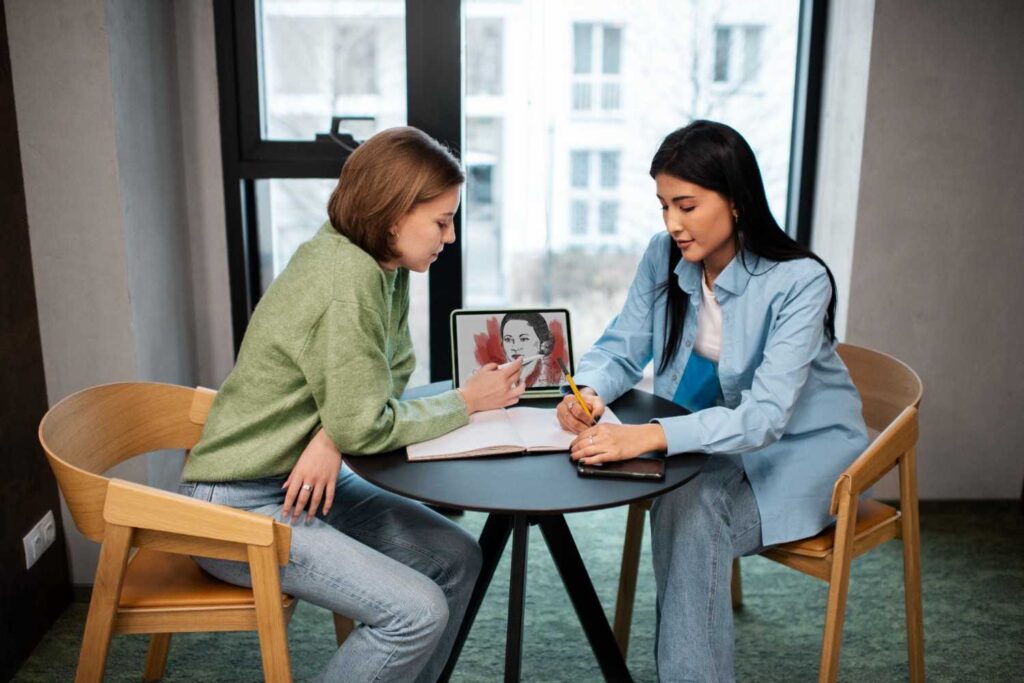
For the Visual Learner
Visual learners need to see information to process it. A tutor can use a variety of visual aids to make lessons more engaging and effective. For example, when teaching a new language, a tutor might use flashcards with images, draw diagrams to explain grammar rules, or use color-coding to highlight verb conjugations. Watching subtitled films or using visual-heavy apps can also reinforce learning. This visual approach transforms abstract concepts into something concrete and memorable.
For the Auditory Learner
Auditory learners depend on hearing and speaking to learn. A personalized coaching session for them would involve plenty of conversation. In private French lessons, for instance, a tutor would focus on pronunciation, engage in role-playing conversations, and use audio resources like podcasts or music. Repeating phrases aloud and discussing topics verbally helps auditory learners internalize new vocabulary and grammar structures far more effectively than silent reading.
For the Kinesthetic Learner
Kinesthetic learners need to get their hands dirty. They learn by actively participating in the learning process. A tutor for a kinesthetic learner might incorporate games, real-world scenarios, or physical activities into their lessons. This could involve acting out scenes to practice dialogue, cooking a recipe from a different culture to learn vocabulary, or using building blocks to understand sentence structure. This hands-on approach makes learning fun and helps solidify knowledge through experience.
The Broader Benefits of Personalized Learning
Tailoring education to an individual’s learning style does more than just improve grades. It boosts cognitive skills like problem-solving and critical thinking. When students are taught in a way that resonates with them, they become more confident and engaged participants in their own education.
This personalized approach fosters a deeper connection with the subject matter and builds a strong foundation for lifelong learning. Students learn how they learn, a skill that empowers them in all future academic and professional pursuits.

Find Your Perfect Learning Path
Understanding that everyone learns differently is the key to unlocking true potential. Personalized coaching provides the flexibility and customization that traditional methods often lack, ensuring that every student has the tools they need to succeed. By adapting to visual, auditory, and kinesthetic preferences, tutors can create a dynamic and effective learning experience.
If you’re ready to explore a teaching method that adapts to you, consider how personalized coaching could make a difference. Finding a tutor who understands your unique style is the first step toward a more engaging and successful educational journey.
